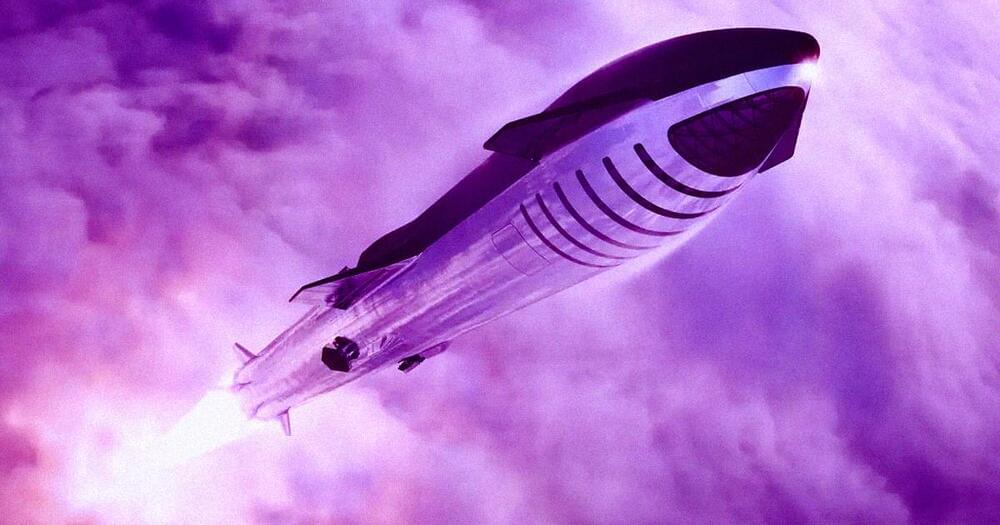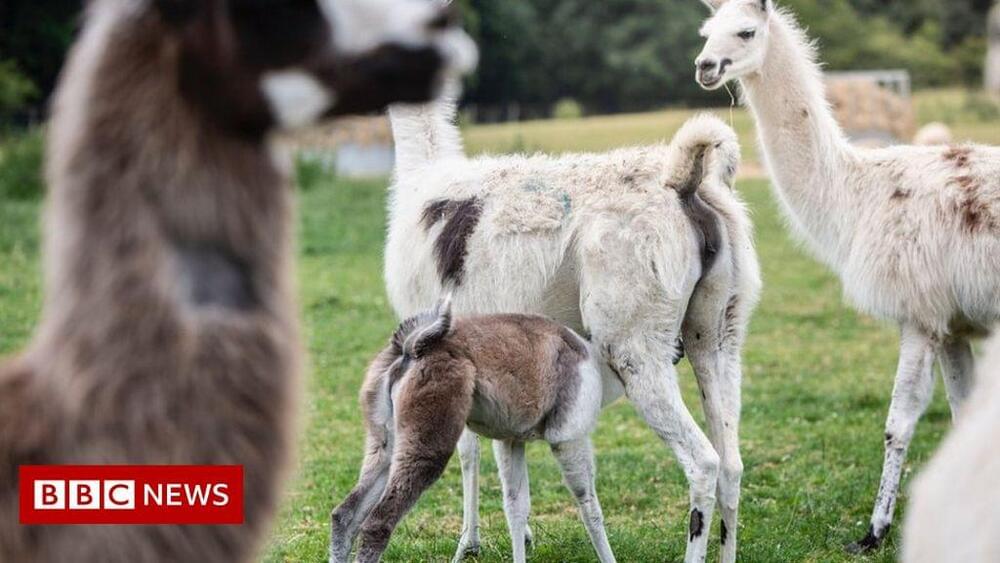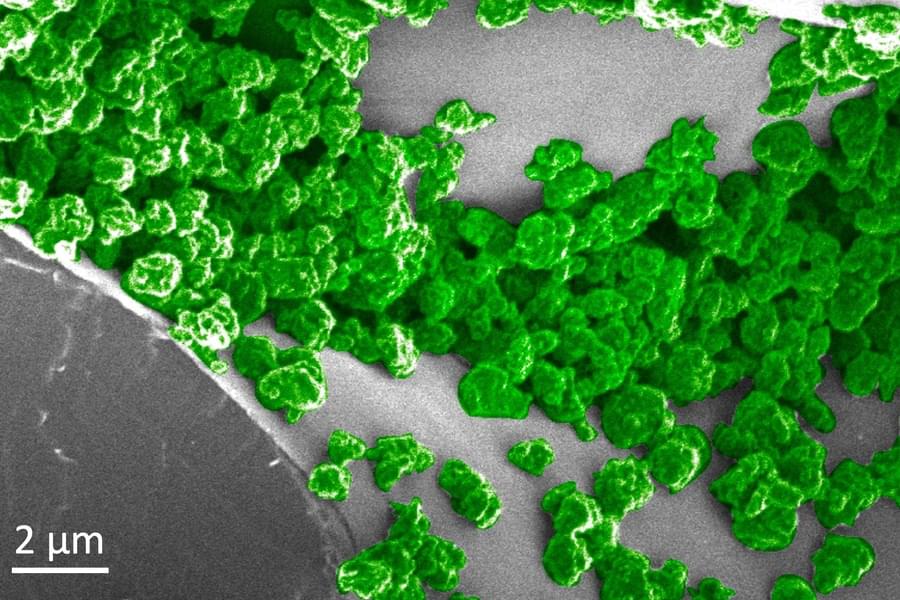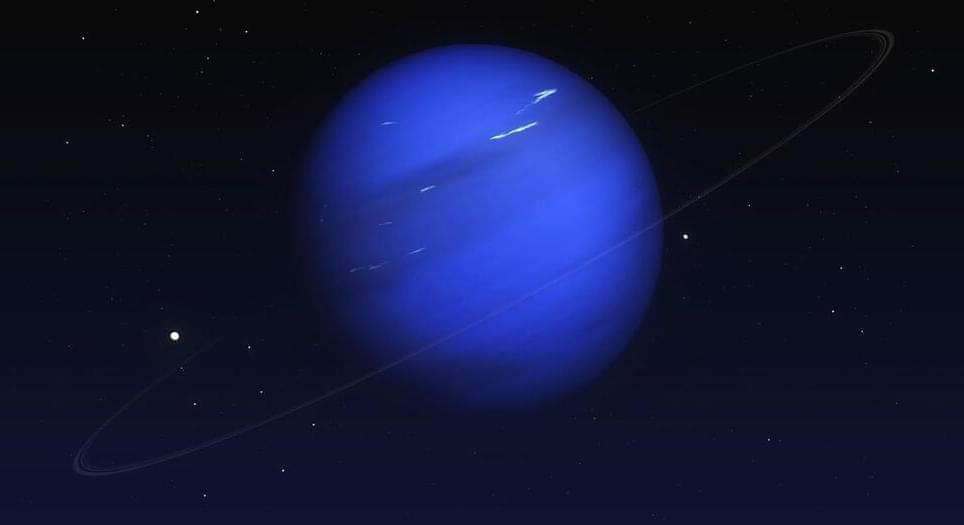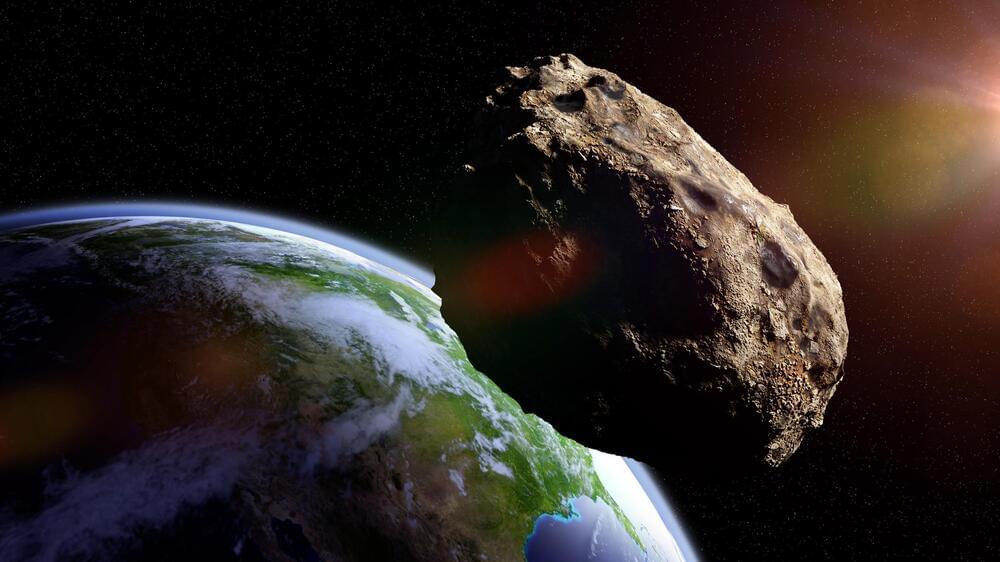Page 6197
Sep 22, 2021
SpaceX Says It May Build Starships Exclusively for Space Tourism
Posted by Genevieve Klien in category: space travel
SpaceX successfully sent four space tourists on a three day joyride around the Earth inside its Crew Dragon spacecraft last week — and the mission has sent demand soaring, according to the company.
“The amount of people who are approaching us through our sales and marketing portals has actually increased significantly,” the company’s senior director of human spaceflight programs Benji Reed revealed during Saturday’s press conference, as quoted by Ars Technica. “There’s tons of interest rolling in now.”
Even more excitingly, Reed says that the company’s much, much bigger spacecraft Starship may also be destined to launch tourists, a massive upgrade that could allow significantly more passengers to embark on an extremely expensive trip to space.
Sep 22, 2021
The U.S. Is Losing the Global Race to Decide the Future of Money —and It Could Doom the Almighty Dollar
Posted by Kelvin Dafiaghor in categories: cryptocurrencies, economics, security
What must the US do Eric Klien?
Read More: How China’s Digital Currency Could Challenge the Almighty Dollar
China has already largely moved away from coin and paper currency; Chinese consumers have racked up more than $41 trillion in mobile transactions, according to a recent research paper from the Brookings Institution, with the lion’s share (92%) going through digital payment processors WeChat Pay and Alipay.
Sep 22, 2021
Covid: Immune therapy from llamas shows promise
Posted by Omuterema Akhahenda in category: biotech/medical
I remember posting about this a year ago in 2020 from UT Austin.
A Covid therapy derived from a llama named Fifi has shown “significant potential” in early trials.
It is a treatment made of nanobodies\.
Continue reading “Covid: Immune therapy from llamas shows promise” »
Sep 22, 2021
These Bacteria Digest Toxic Metals And Poop Out Tiny Gold Nuggets
Posted by Quinn Sena in categories: biological, chemistry
Circa 2018 Imagine waste turned into gold.
No other life form on our planet has infiltrated every environment as successfully as the minuscule single cells of bacteria. Amongst their many roles in life on Earth, it turns out some of these microbes are also experts at purifying precious metals.
An international team of researchers has figured out how one metal-gobbling bacterium, Cupriavidus metallidurans, manages to ingest toxic metallic compounds and still thrive, producing tiny gold nuggets as a side-effect.
Continue reading “These Bacteria Digest Toxic Metals And Poop Out Tiny Gold Nuggets” »
Sep 22, 2021
Glow-in-the-dark plants could act as passive lighting for public spaces
Posted by Quinn Sena in categories: cyborgs, energy, health, nanotechnology, transhumanism
A decent chunk of energy usage goes towards lighting, so scientists at MIT are developing a new kind of passive lighting – glow-in-the-dark plants. In the latest experiment, the team has made them glow much brighter than the first generation plants, without harming their health.
The emerging field of “plant nanobionics” involves embedding nanoparticles into plants to give them new abilities. Past work by the MIT team has created plants that can send electrical signals when they need water, spinach that could be used to detect explosives, and watercress that glows in the dark.
As interesting as that last one was, the glow wasn’t particularly bright – about on par with those plastic glowing stars many of us stuck to our ceilings as kids. That’s a cool novelty but not much help for the ultimate use case of passive lighting.
Sep 22, 2021
Scientists Intrigued by Strange Blobs on Uranus
Posted by Quinn Sena in category: space
Researchers believe that mushy blobs on Uranus are hiding lots of gas.
More specifically, scientists have discovered that “mushballs,” large slushy hailstones made of ammonia and water, might be causing an odd atmospheric phenomenon on Uranus, according to a press release about the research. The mushballs, which are also present on Neptune, might be carrying ammonia into the two planets’ atmosphere and hiding the gas from detection.
The balls might actually be the secret behind why scientists can’t detect ammonia in the atmospheres of Uranus and Neptune — which is odd because it’s abundant with other gasses like methane.
Sep 21, 2021
Asteroid that could be 3 times as tall as Statue of Liberty to pass Earth on Fall Equinox
Posted by Quinn Sena in category: space
Earth will be visited by several asteroids over the Fall Equinox, including one traveling at 27 times the speed of sound.
Sep 21, 2021
After 36 years of testing, Indian-made leprosy vaccine finally set for large roll-out
Posted by Quinn Sena in category: biotech/medical
India is home to 60% of the world’s leprosy patients, and the MIP vaccine is expected to be rolled out in the endemic areas by 2 October 2019.
Sep 21, 2021
Range-extended electric 4WD expedition vehicle claims 4,350-mile range
Posted by Quinn Sena in categories: sustainability, transportation
UK startup Fering is gearing up to build electric vehicles for cross-continental explorers. It’s starting out with the Pioneer, a go-anywhere brick outhouse of a thing designed for monster range figures under the most extreme circumstances on Earth.
Cybertrucks may be all well and good for your average camping trip, but they’re not designed for the kinds of extreme treatment the Pioneer wants to take on as a low-emissions alternative for explorers, adventurers and emergency services teams.
For starters, the lithium-ion batteries found in most EVs can’t handle extreme temperatures, so instead Fering has gone with a lithium-titanate-oxide (LTO) battery pack. These have advantages and drawbacks; they’re renowned for extremely long life cycles, they can charge quickly and they work from-40 to 60 °C (−40 °F to +160 °F), so they can handle just about anything shy of an Antarctic winter.

